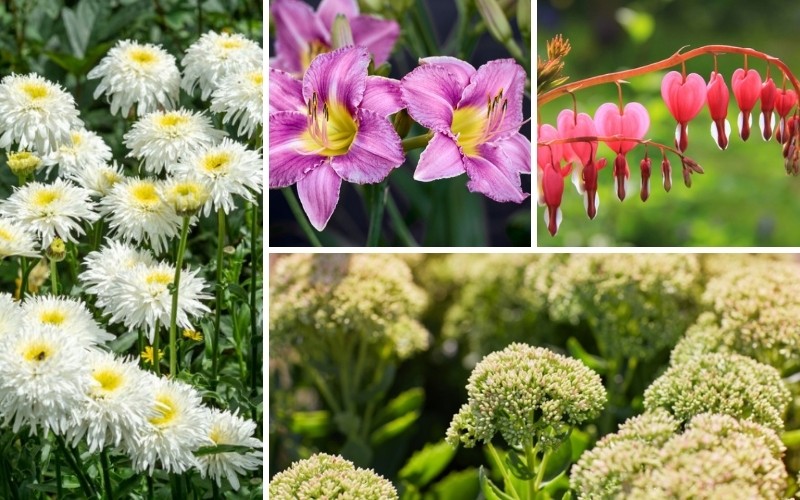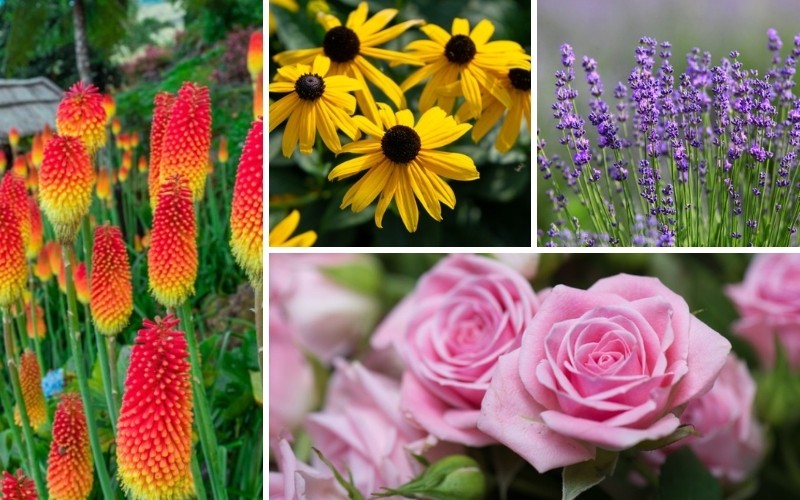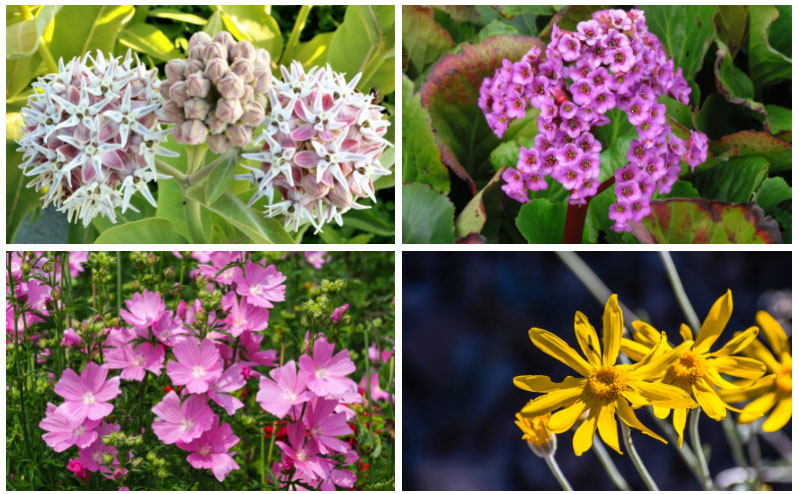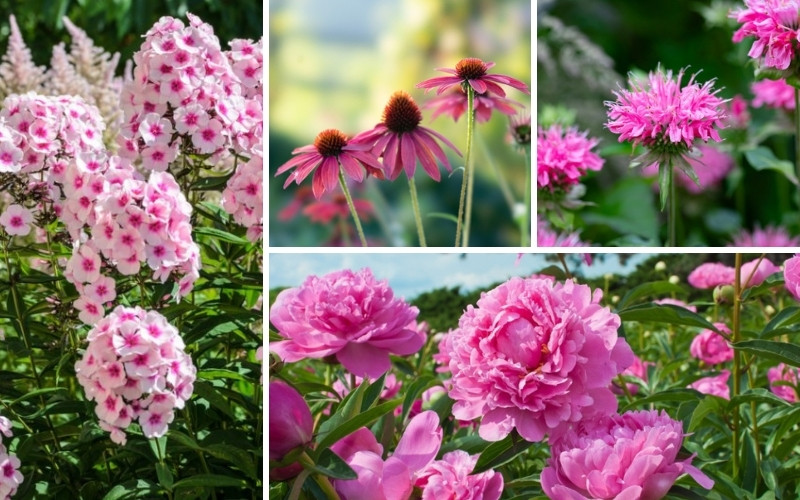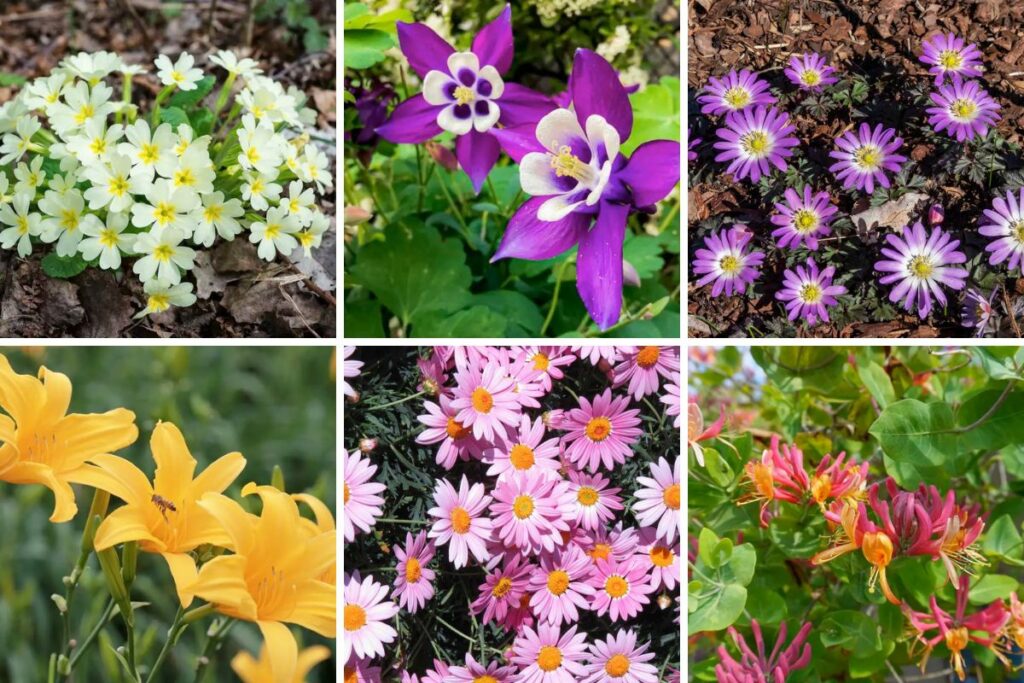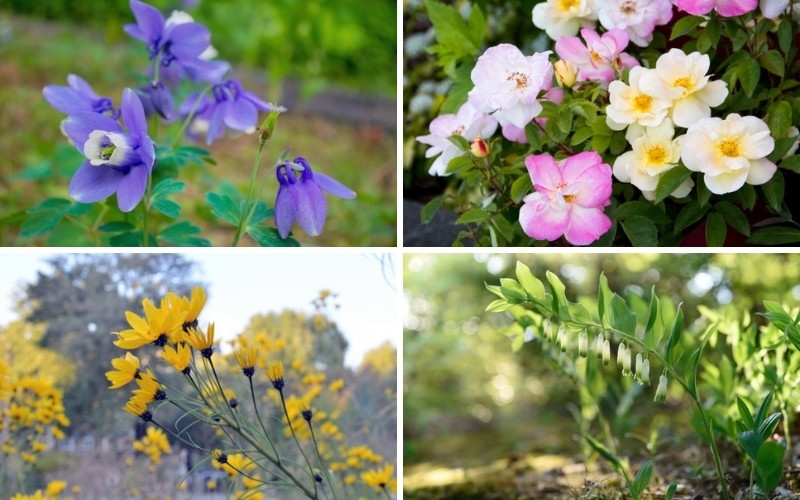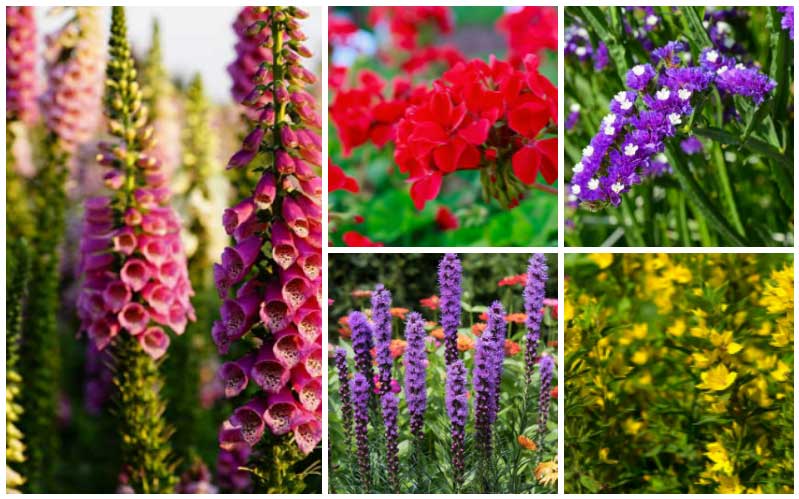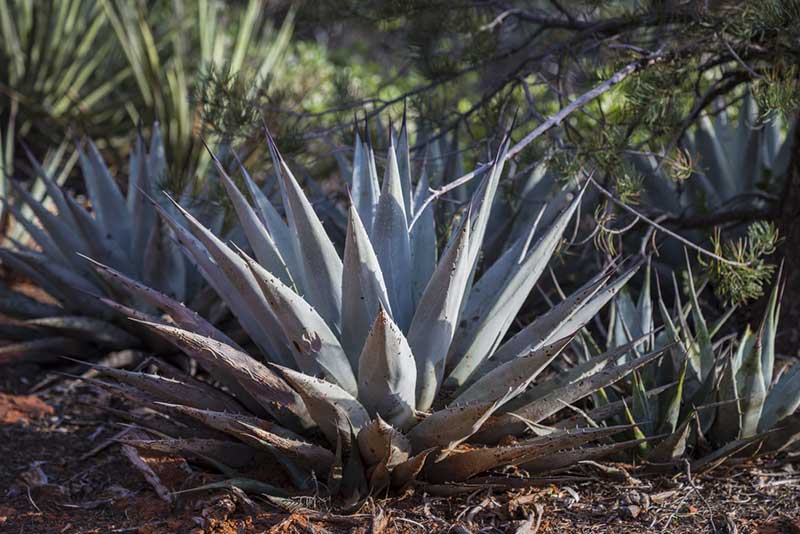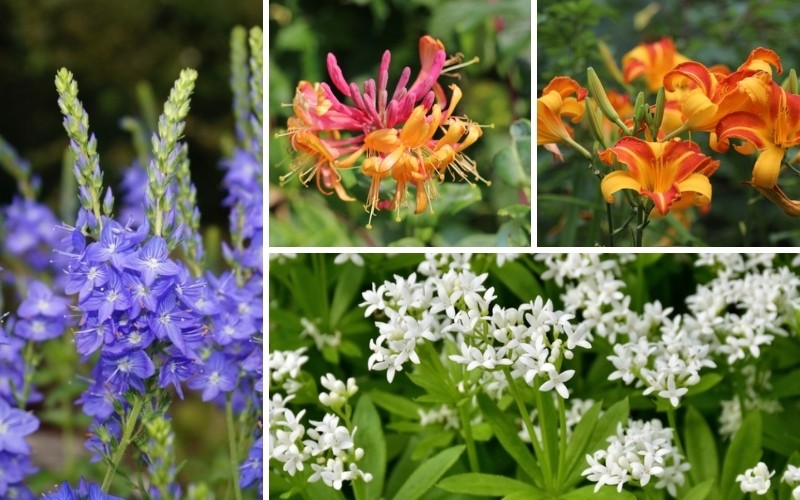
Wyoming is a beautiful state with many different unique plants and unique natural elements that make it a great place to live. If you are interested in making your yard as attractive as possible, you may want to consider buying some perennials. The following 12 flowers all thrive in Wyoming and help to transform your yard. Make sure to chose the growths that meet your taste and growing skill perfectly.
Bergenia Cordifolia — A Favorite Perennial of Many Gardens
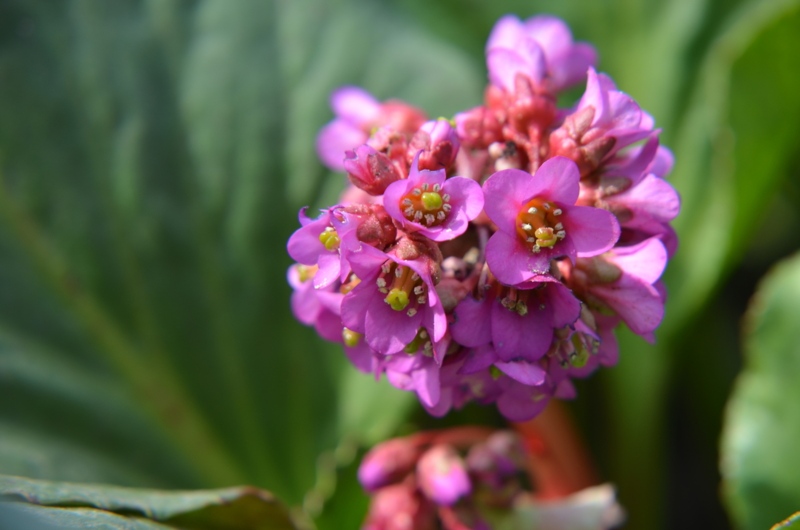
Also known as pigsqueak, this purple/red flower stays beautiful throughout the winter and provides bright pink flowers in early June. They typically grow up to 12-18 inches (30-45 centimeters) and thrive best in partial to full sun.
Care Tips: Plant this flower in humus-rich, moist, and well-drained soils to get the best results. The pH level can be at many different values, creating a more diverse growing situation. Remove faded flowers to keep them strong and secure and provide water when the soil is dry on the surface.
Penstemon Digitalis — Great for Most Wyoming Lawns
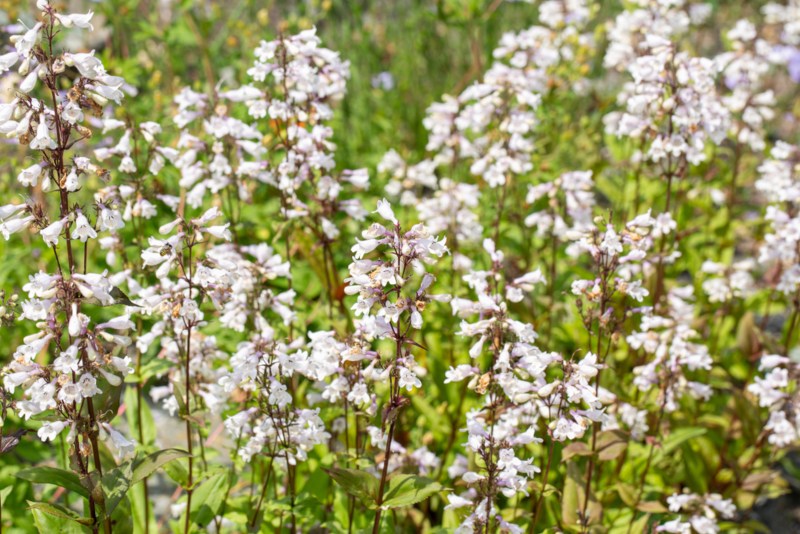
Though this white flower will bloom mainly in the spring and mid-summer, it survives and thrives throughout the winter. Expect growths of up to five feet tall (150 centimeters).
Care Tips: Plant this flower in full sun and in well-drained soil to get the best results. It doesn’t need a lot of water. Only add water if it hasn’t rained in a week or so in your area.
Galium Odoratum — Simple and Appealing Growths
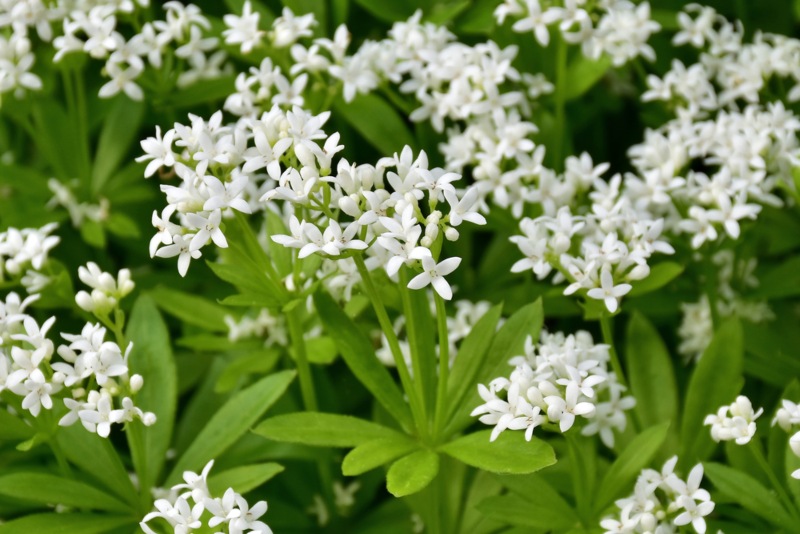
If you’ve ever heard of sweet woodruff and wondered what the big deal was all about, this flower is a low-maintenance perennial that grows in just about every type of soil and thrives in most weather conditions. Expect growths of about six inches (15 centimeters) with a spread of 12 inches (30 centimeters).
Care Tips: Place your sweet woodruff in moist and well-drained water and anticipate growth in the late spring and early summer. Try to keep snow off the woodruff in the winter to let their flowers grow. Water when the soil is dried but not moist.
Lonicera x Heckrottii— Multicolored Perfection
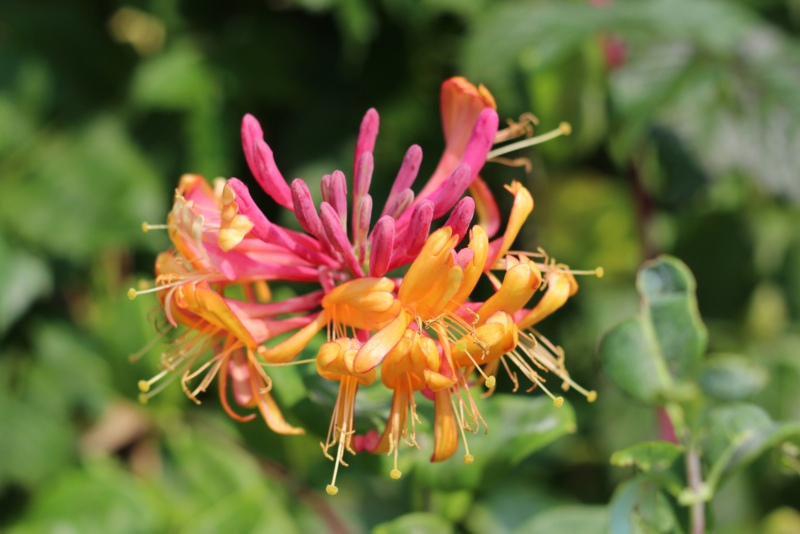
If you want a plant with many colors, this is a great choice. Blooming through to the fall and surviving the harsh winters produces oranges, pinks, purples, and many other colors.
Care Tips: Expect a potential height of up to 15 feet (4.5 meters) if you place this plant in partial or full sun in moist but well-drained soil—water when the soil is dry to keep it healthy.
Vinca Minor — A Light Purple Marvel
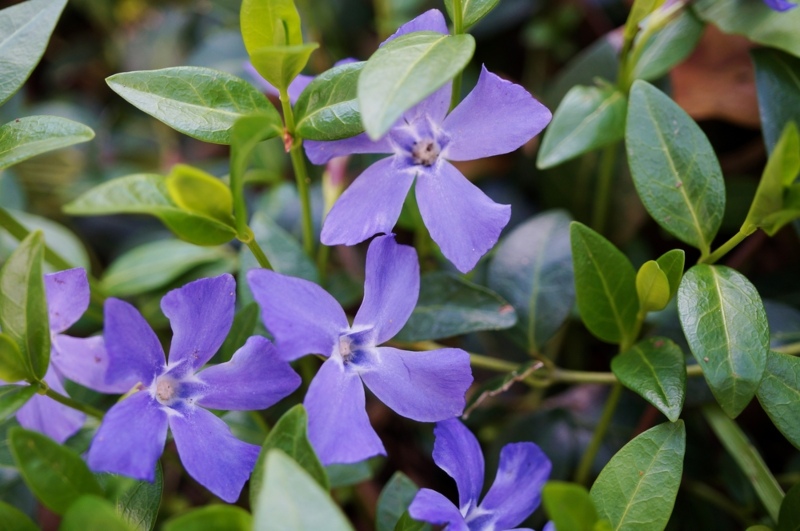
The flowering periwinkle typically reaches heights of about 4-6 inches (10 centimeters to 15 centimeters) and produces a night light purple with some blue tinges. It has low maintenance needs and only needs occasional watering, as it is drought resistant.
Care Tips: Plant this flower in just about any sun to get the best results. Full shade is tolerated but not preferred, as this plant likes some sun. Expect growths in early spring and anticipate them throughout winter.
Veronica Teucrium — Another Bright Purple Plant
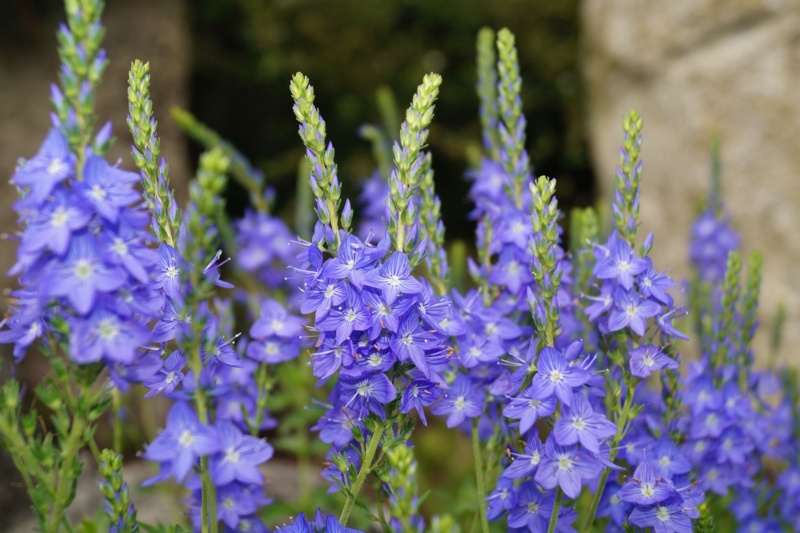
Many of the best Wyoming perennials are purple or purple-blue, and this plant is no different. It is an excellent option for those with a diverse garden that they want to stand out.
Care Tips: Water this plant regularly but avoid overwatering to keep it healthy. Use the finger test to gauge how dry the topsoil is for this plant. Give it partial shade to full sun to keep it healthy.
Lamium Maculatum — Otherwise Known as White Nancy
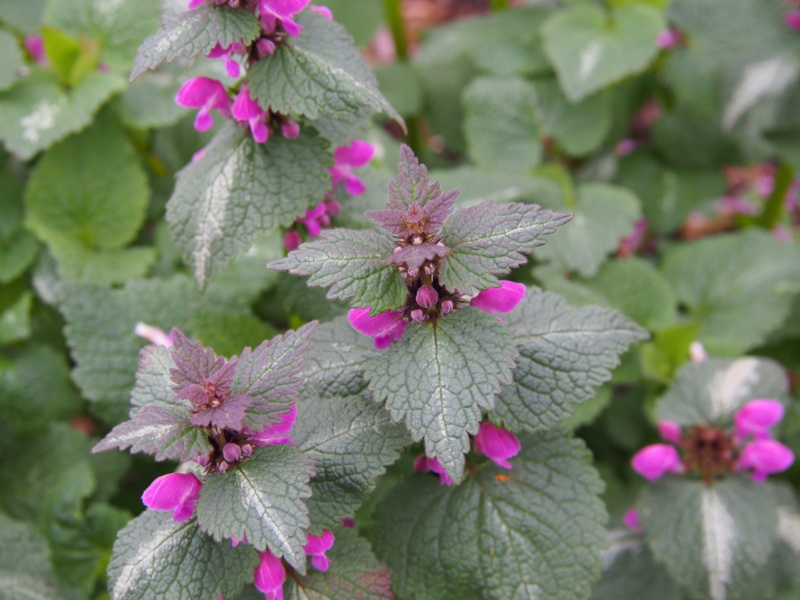
Though nicknamed the white nancy, this plant produces bright, dark purple blooms that will pop up in mid-spring and last throughout most of the year. They do well in Wyoming soils because they can thrive in chalk, clay, loam, and sand soils with minimal difficulties.
Care Tips: Expect an overall height of 4-8 inches (10-20 centimeters) when planting in partial sun to shade. Make sure to water this plant when the soil gets dry, as it has a relatively water-hungry nature. Keep the soil well-drained and moist.
Achillea — A Bright Yellow Favorite
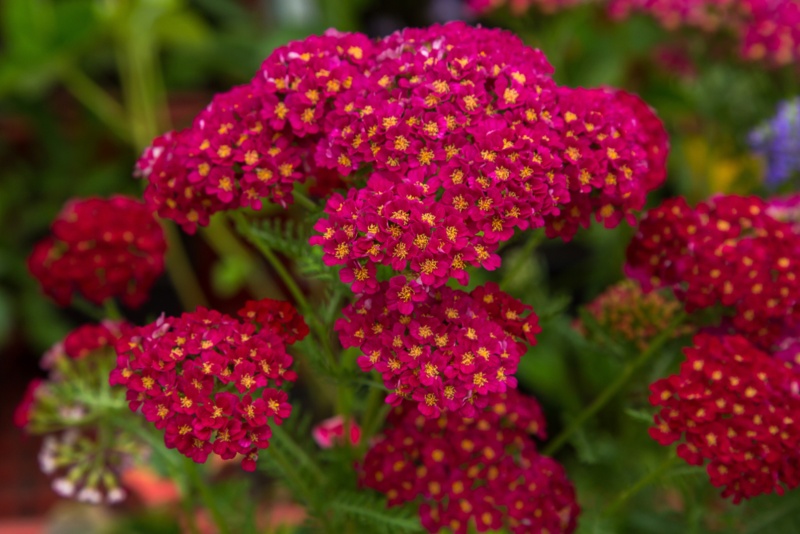
Many homeowners mistake this plant for a large dandelion, as they have very similar colors and shapes. However, this plant is more extensive (1-2 feet or 30-60 centimeters) and has a pleasant smell. They should bloom throughout most of the year and are drought-resistant and pest tolerant.
Care Tips: Keep these perennials at least 12-18 inches (30-45 centimeters) apart to allow them room to grow. This step is vital because their roots often get pretty significant. Provide occasional watering (no more than once or twice a week) and place them in full sun.
Hemerocallis — A Wyoming Institution
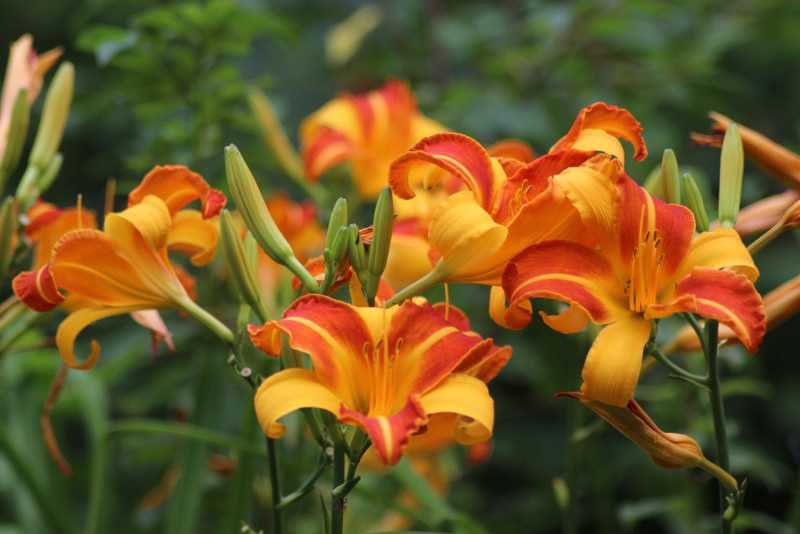
The day lily is one of the top Wyoming perennials because it plants generously in Wyoming’s sometimes challenging soils. It also has little maintenance needs, can grow as large as five feet (150 centimeters), and has a bright red color that should last throughout most of the year beyond the coldest winter.
Care Tips: Occasionally check this flower for pests and ensure that its soil is moist but not soaked. Keep the earth well aerated to avoid complications and place them in partial or full sun.
Artemisia Ludoviciana — A Popular Winter Flower
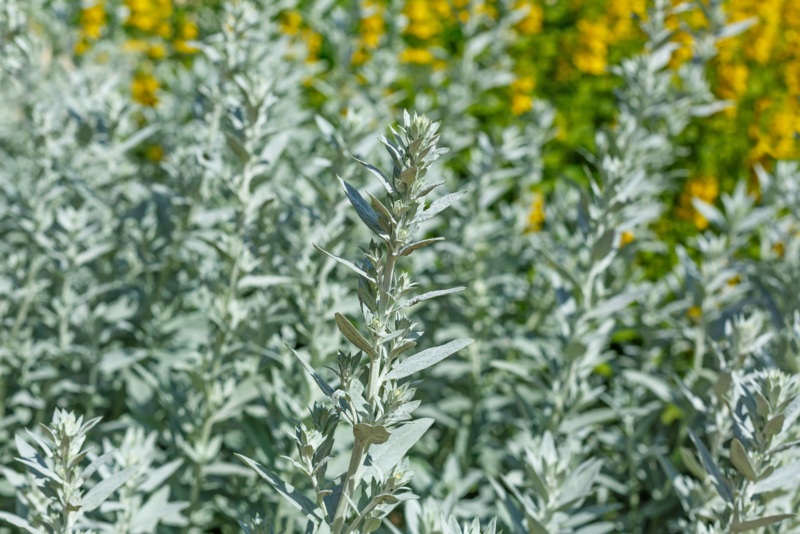
Otherwise known as white sage or the Silver Queen, this flower thrives ideally in Wyoming. Though it doesn’t flower during the winter, its white coloring makes it an excellent option for those who want a plant that grows up to three feet (90 centimeters) high.
Care Tips: Provide occasional watering (once a week or so) in well-drained soil to get the best results. The ground can be chalky, loamy, or sandy with this flower. Full sun is a necessity for this plant, particularly in winter.
Russian sage — An Easy Plant for Most Wyoming Soils
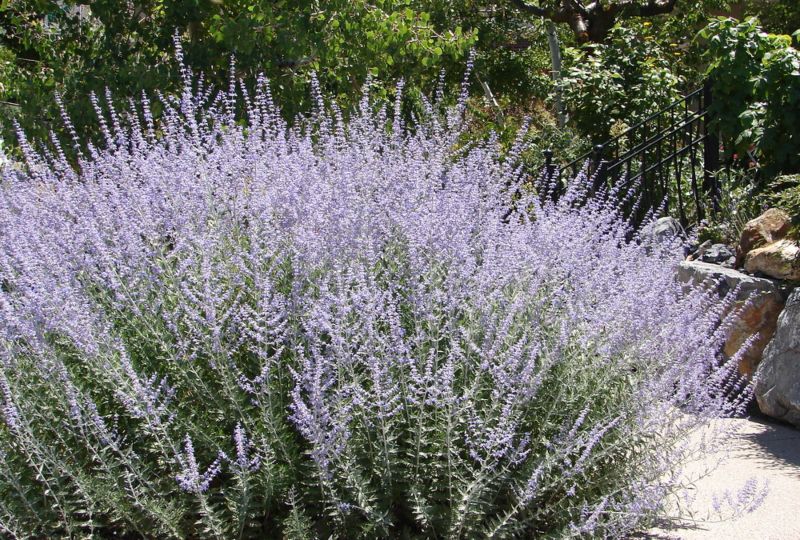
Like many Wyoming perennials, the Russian sage produces a nice purple color. The shade will vary throughout the year, with early blooms having a light color and later ones towards the fall producing deep purple. It can grow to about four feet in height (120 centimeters).
Care Tips: Provide full sun in well-drained soil and water occasionally. You probably need not water that often, as this flower is quite hardy and drought-resistant. Water only if it hasn’t rained for a week or so.





